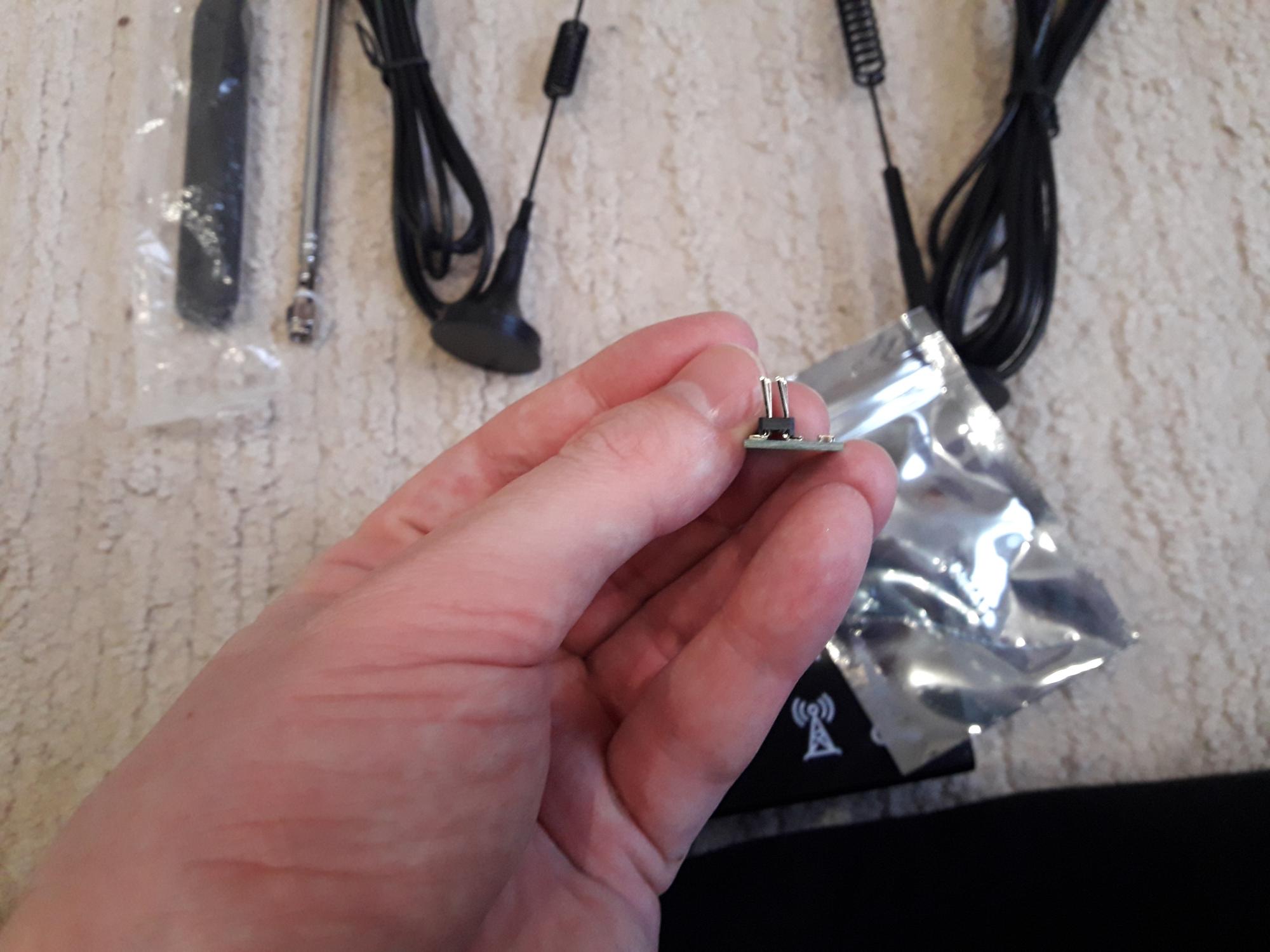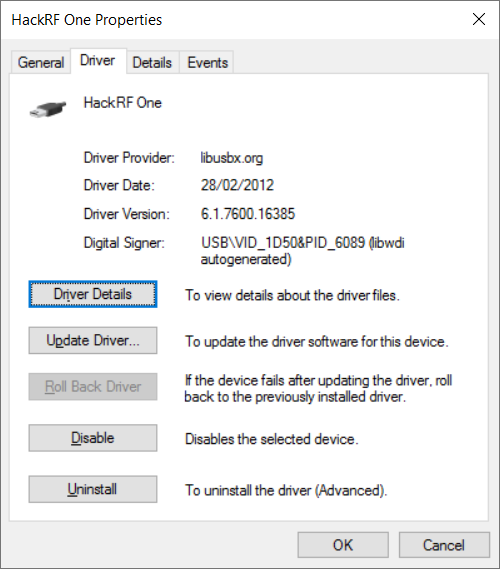
You can narrow the list of calls display to specific group using the filters.Īnyhow, give it a try at and let me know what you think. Better yet, if you hit the Autoplay button in the upper left hand corner, it will automatically play through the list of calls. Thanks to the magic websockets, any new call that comes in gets added to the top of the list.

Everything gets recorded and can be played back through a website. The modern DDS chips available have tremendous capabilities.After a bit of work, I have put together a system that lets you monitor the radio system for DC Fire, EMS & City Services. I think most wide range and very high frequency RF applications working at these frequencies utilize hardware based DDS ICs (Analog Devices is a leader) to generate the low level RF frequencies of interest that are used both in receive applications (via the DDS as local oscillator that is mixed down to a lower frequency for fixed IF frequency that is more easily processed with a ADC that operates at base band or at lower fixed IF frequency for the demodulation or modulation of the signal in upconversion for transmitting applications.ĭo to answer your question more simply a ADC that works at these very high RF frequencies is not required, the ADC is just used at lower frequencies to generate or to demodulate the information that will then be mixed with and upconverted to the desired RF frequencies. There are 16 bit ADCs now with 100msps data conversion rates or faster and obviously far faster 8 bid ADCs. But one question, how can a 20Msps 8 bit ADC/DAC be sufficient when working at these frequencies? That's all it takes? I wonder if you could do more with some of the (admittedly more expensive) faster high resolution ADCs on the market. Are there any radio / data conversion experts out there? Here is what he gives as HackRF project goals: I am going to supply my first reply here. Ossmann says that tools like HackRF mean wireless communications will need to evolve beyond the “security through obscurity” model of protecting communications that has long been considered outmoded in the wired computing world.

With HackRF in the hands of hackers or security researchers, in other words, no wireless signal would remain secure just by virtue of using a unique, unfamiliar frequency.

All of that can be done with one HackRF device and a laptop.” “Pretty much any wireless device that you can think of would be in the frequency range covered by HackRF,” says Ossmann.”Just from observing over the air, you can reverse engineer it completely to figure out the information transmitted over the network, and potentially inject your own transmissions onto that network. And he believes he’s built the one cheap, hacker-friendly radio to rule them all. In fact, the era of the single-purpose radio is over, says Michael Ossmann, the founder of an Evergreen, Colorado company called Great Scott Gadgets. So why are radios, a technology even older than computers, still designed stubbornly to do one thing–like 3G, Wifi, FM, or GPS–for their entire lives?

Since the days of Alan Turing, the promise of a digital computer has been that of a universal machine, one that can be a word processor one minute and a robot brain the next. What do you think of this, is this a threat to society? How much of the data that goes over phones these days is unencrytped? Wouldn't encrypting everything be the correct way to mitigate this danger? None of these parts are expensive at all. Heck, it could be a pertty nice challenging project.


 0 kommentar(er)
0 kommentar(er)
